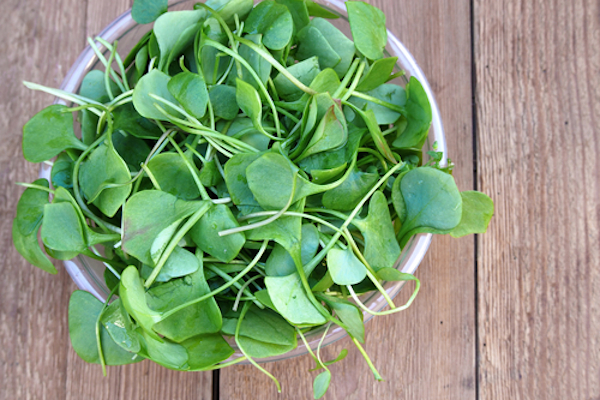
Eat more watercress! It tops the list of healthiest vegetables and fruits in a recent study published by the Centers for Disease Control and Prevention (CDC).
Scientists believe eating “powerhouse” produce has the potential to reduce your risk of chronic diseases. Powerhouse fruits and vegetables (PFVs) are loosely defined as “green leafy, yellow/orange, citrus, and cruciferous items,” but until recently, a defined method for identifying a specific produce item as “powerhouse” didn’t exist. Dr. Jennifer Di Noia did some research to address this gap, defining a formula to calculate a vegetable’s or fruit’s nutritional strength and using that number to create a list of 41 PFVs in order of their healthful benefits.
In general, green leafy and cruciferous vegetables landed in the top half of the list while foods classified as yellow/orange, allium, citrus, and berry were concentrated in the bottom half.
And the Top 10 Healthiest Vegetables Are…
- Watercress
- Chinese Cabbage
- Chard
- Beet Greens
- Spinach
- Chicory
- Leaf Lettuce
- Parsley
- Romain Lettuce
- Collard Greens
Sorry kale lovers: it ranked 15. Other results of interest to me (because these are some of my favorite PFVs): Arugula ranked 18th. And carrots, tomatoes, and lemons hit numbers 26, 27, and 28.
The good news? All of the foods that made the list are considered “powerhouse” — the healthiest vegetables and fruits you can eat. So take a look at the entire list from the published research and see where your favorites fall.
Table 2. Powerhouse Fruits and Vegetables (N = 41), by Ranking of Nutrient Density Scores*, 2014
| Item | Nutrient Density Score |
|---|---|
| Watercress | 100.00 |
| Chinese cabbage | 91.99 |
| Chard | 89.27 |
| Beet green | 87.08 |
| Spinach | 86.43 |
| Chicory | 73.36 |
| Leaf lettuce | 70.73 |
| Parsley | 65.59 |
| Romaine lettuce | 63.48 |
| Collard green | 62.49 |
| Turnip green | 62.12 |
| Mustard green | 61.39 |
| Endive | 60.44 |
| Chive | 54.80 |
| Kale | 49.07 |
| Dandelion green | 46.34 |
| Red pepper | 41.26 |
| Arugula | 37.65 |
| Broccoli | 34.89 |
| Pumpkin | 33.82 |
| Brussels sprout | 32.23 |
| Scallion | 27.35 |
| Kohlrabi | 25.92 |
| Cauliflower | 25.13 |
| Cabbage | 24.51 |
| Carrot | 22.60 |
| Tomato | 20.37 |
| Lemon | 18.72 |
| Iceberg lettuce | 18.28 |
| Strawberry | 17.59 |
| Radish | 16.91 |
| Winter squash (all varieties) | 13.89 |
| Orange | 12.91 |
| Lime | 12.23 |
| Grapefruit (pink and red) | 11.64 |
| Rutabaga | 11.58 |
| Turnip | 11.43 |
| Blackberry | 11.39 |
| Leek | 10.69 |
| Sweet potato | 10.51 |
| Grapefruit (white) | 10.47 |
*Calculated as the mean of percent daily values (DVs) (based on a 2,000 kcal/d diet) for 17 nutrients (potassium, fiber, protein, calcium, iron, thiamin, riboflavin, niacin, folate, zinc, and vitamins A, B6, B12, C, D, E, and K) as provided by 100 g of food, expressed per 100 kcal of food. Scores above 100 were capped at 100 (indicating that the food provides, on average, 100% DV of the qualifying nutrients per 100 kcal).
Image Credit: Watercress via Shutterstock
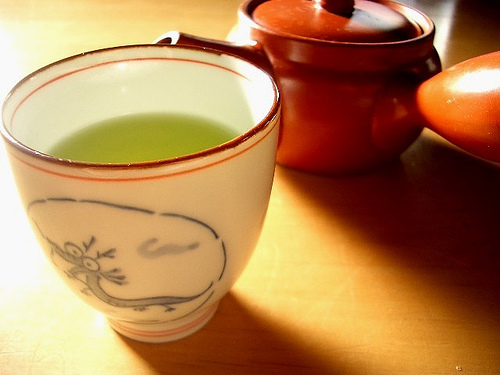
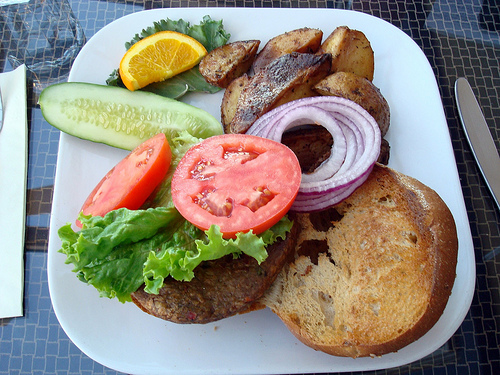
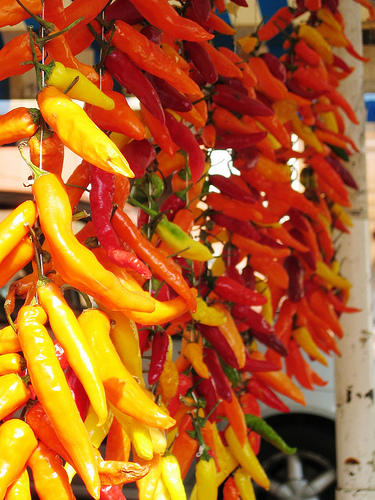

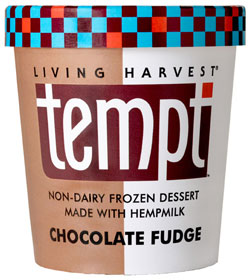
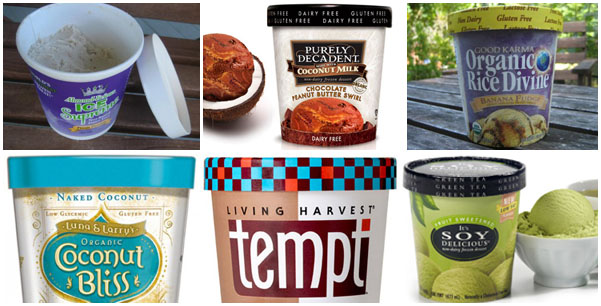
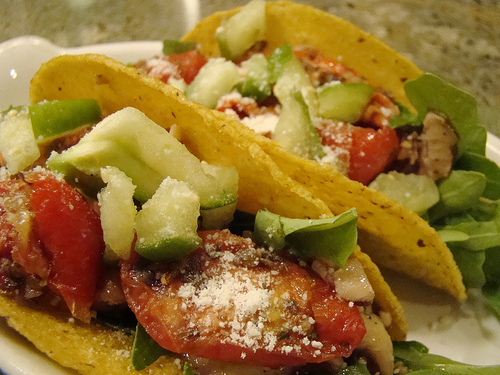
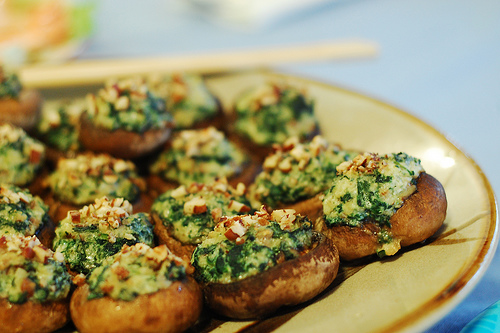
I eat dandelion greens
Thanks for the comment. Do you buy them at the store or pick them in your yard? I’ll have to give them a try…
I don’t use chemicals in my yard so I just pick them. You can eat them at any size though the bigger they are, the more bitter they are. The small ones are okay to eat raw in salads but you want to cook the bigger ones. I always boil them, drain them,then scramble them with some eggs.
Thanks!
I would like to know which nutrients these veggies and fruits have. There’s a rating scale, but not much more info.
Great feedback. I did a bit of research to see if I could find that supporting data, without success. The research used the USDA’s nutrient database (http://ndb.nal.usda.gov/ndb/search/list) for the nutritional information, and the report describes how they used the data to come up with the final scores.
Rodale News published some nutritional info on the top 15: http://www.rodalenews.com/healthiest-vegetables?
I also found this list of nutrients in fruit: http://www.foodday.org/fruit_rankings.
I hope that helps!
I would NEVER have guessed watercress. I’ve never bought any. Any suggestions or favorite recipes to incorporate it into the diet?
I really like a little watercress tossed in with salad greens. It’s also a nice way to add crunch to a sandwich instead of lettuce or sprouts.
Thank you for this list and for including links to your sources. I especially appreciate being able to drill down for that information. I shared this on a Facebook page I manage called Cooking with Whole Grains & Whole Foods. Hope it brings you some visitors!